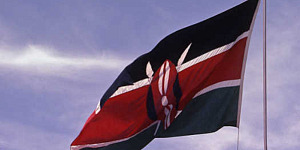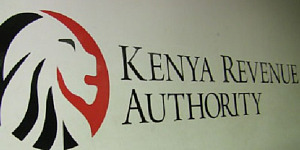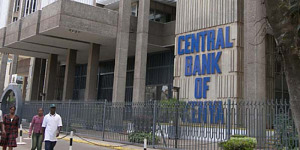The Central Bank of Kenya (CBK) has cut the benchmark interest rate by the largest margin since the start of Covid-19 economic hardships in March 2020, signalling relief for borrowers saddled with costly loans and reversing a slowdown in demand for credit.
The CBK Monetary Policy Committee Tuesday cut the key lending rate by 0.75 percent, or 75 basis points, from 12.75 percent to 12 percent, after inflation fell to its lowest level in more than a decade.
It is expected to trigger a fall in the cost of loans for households and firms, which have struggled to service costly credit since the CBK started raising rates in June 2022 amid global economic shocks that saw inflation rise to multi-year highs.
The cut is in line with analysts’ forecasts and is expected to stimulate demand for loans, which will put money in consumers’ pockets and rekindle demand for goods and services from businesses.
It follows the lowering of the benchmark lending rate by 25 basis points in August to 12.75 percent after the committee said there was scope to ease policy gradually as inflation had fallen below the midpoint of its target range.
Inflation fell to 3.6 percent, its lowest level since December 2012, keeping the cost of living measure within the government's target range of between 2.5 percent and 7.5 percent over the medium term.
“The MPC noted that overall inflation has declined further and is expected to remain below the midpoint target range in the near-term, supported by stable food inflation attributable to improved supply from the ongoing harvests, a stable exchange rate and lower fuel inflation,” CBK said in a statement on Tuesday.
“The MPC also noted a sharp deceleration in credit to the private sector, and the slowdown in growth in the second quarter of 2024, and concluded that there was scope for a further easing of the monetary policy stance to support economic activity.”
Demand for credit slowed to 1.3 percent growth in August compared to an increase of 3.7 percent in July—the lowest since 2017, when Kenya introduced controls on lending rates that dimmed supply for loans.
The CBK considers credit growth of 12 to 15 percent to be sufficient to support the healthy growth of the economy.
The high cost of borrowing had discouraged borrowers from tapping loans in an economic setting where demand for products is sluggish, forcing firms to freeze hiring and expansion plans.
The drop in the cost of loans is expected to prompt consumers to take up funds for investments and consumption in the coming months, boosting economic activities.
It could also help banks easily manage the rising stock of non-performing loans that have surged due to expensive credit and Kenya’s soft economy.
Analysts at Genghis Capital bet that the sharper cut in the benchmark rate will offer notable relief to borrowers than the marginal 0.25 percent cut in August, and forecasting further reductions into 2025.
“In our view, the modest effect of the rate cut on lending rates can be attributed to the fact that the cut was not substantial enough to provide significant relief to borrowers. However, this may change if the CBK implements a 50-basis point cut in the next meeting,” said the Genghis analysts ahead of the MPC announcement.
“Since the rate-cutting cycle is expected to continue into 2025, we anticipate that lending rates will begin to show more noticeable declines by early 2025, with private-sector borrowing likely to improve.”
Research analysts at Sterling Capital had, meanwhile, projected a rate cut of between 0.5 and one percent as they saw the CBK aligning to its peer central banks in developed economies such as the US Federal Reserve and the European Central Banks (ECB), which have lowered their policy rates in the aftermath of falling inflation.
Last month the US Federal Reserve cut its benchmark rate by 0.5 percent and hinted at further cuts following weakness in the labour market and easing inflation.
Before the August cut, the MPC had raised the rate by 5.5 percentage points since the tightening began in May 2022 through July 2024 to manage inflationary expectations through keeping the cost of borrowing elevated.







































